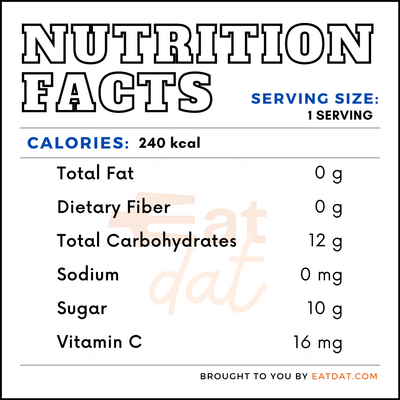
White Lady
also known as Delilah, Chelsea Sidecar
What is White Lady?
The White Lady is a type of cocktail that belongs to the sour family of cocktails. It is made by mixing gin, orange liqueur, lemon juice, and egg whites. It is a type of sidecar which substitutes gin for brandy. Different versions of this cocktail may include other ingredients.
- The cocktail has the honor of being included in the International Bartender Association’s official cocktails list.
- Also, the White Lady was one of the favorite drinks of Laurel and Hardy.
Some popular orange liqueur cocktails are:
- Sidecar
- Margarita
- Cosmopolitan
- White Lady
- Mimosa
- Lemon Drop
- Pomegranate Martini
- Cadillac Margarita
- Mai Tai
- Pegu Club
- Vodka Sidecar
Origin of white lady
The White Lady cocktail was created by Harry McElhone, the bartender at the Ciro Club in London. The original concoction, created in 1919, was a mixture of crème de menthe, triple sec, and lemon juice. By 1923, McElhone had his own bar called Harry’s New York Bar in Paris, where he served an adapted recipe using gin. The first mention of this cocktail came from the Savoy Cocktail Book, published in 1930 by Henry Craddock of The American Bar at The Savoy. The manager at the time, Peter Dorelli, suggested adding the egg white.
Nutrition
Nutritional profile for White Lady (1 serving):

Gin has no nutritional value and without any vitamins and minerals, has empty calories. However, the inclusion of egg whites and lemon juice to the cocktail provides some benefits. Lemons and lemon juice, by extension, have very little calories but are chock full of nutrition. A single lemon can provide 30 mg of vitamin C. Also, lemon juice contains plenty of different flavonoids and phenolic compounds, which are powerful antioxidants. Additionally, lemon juice contains decent levels of calcium, iron, phosphorus, potassium, selenium, folate, choline, vitamin A, lutein, and zeaxanthin, all of which are essential for good health.
Traditionally, lemon juice has been used as a treatment for high blood pressure, common cold, sore throat, and irregular menstruation. Regular consumption of lemon juice can also help in lowering the risk of stroke, cancer, and asthma, while increasing iron absorption, immune system functioning, and weight loss. The egg whites provide protein as well as vitamin A, iron, vitamin B12, riboflavin, choline, zinc, and calcium in decent quantities. Nonetheless, overconsumption of alcoholic beverages can result in a change in the brain’s functioning patterns, liver cirrhosis, pancreatitis, heart problems, strokes, different types of cancers, as well as affect overall immunity.
Commercial production
The production of the White Lady requires gin, Cointreau or Triple Sec, lemon juice, and egg whites. First, all the ingredients are added into a cocktail shaker and shaken well. Then, the ice is added and the mixture is shaken again and strained into the glass. This cocktail is usually served in a martini glass, cocktail glass, or coupe glass.
White lady recipes
Like any other classic cocktail, the White Lady has its own classic recipe, recorded by the International Bartender Association. However, there are many variations to this cocktail. Here are a few recipes to try:
FDA regulations
The TTB classifies gin as a product obtained by original distillation from mash, or by re-distillation of the distilled spirits, with juniper berries and other aromatics. Gin must be bottled at 80⁰ proof. Different types of gin are covered under this description. Triple Sec falls under the liqueur or cordial class and is defined as orange flavored liqueur or cordial.
The FDA defines lemon juice as the unfermented juice obtained from ripe lemons from which seeds and excess pulp are removed. The acidity of concentrated lemon juice must not exceed 15 percent of the acidity of the finished food. Eggs have no standard of identity provided by the FDA.
References
Simon Difford, History of Sour Cocktails, Difford’s Guide for Discerning Drinkers, https://www.diffordsguide.com/g/1133/sour-cocktails/history
National Institute of Alcohol Abuse and Alcoholism, Alcohol’s Effects on the Body, https://www.niaaa.nih.gov/alcohols-effects-health/alcohols-effects-body
Hughes, N. (1992), “Gin”, Nutrition & Food Science, Vol. 92 No. 4, pp. 14-16., https://doi.org/10.1108/EUM0000000000962
